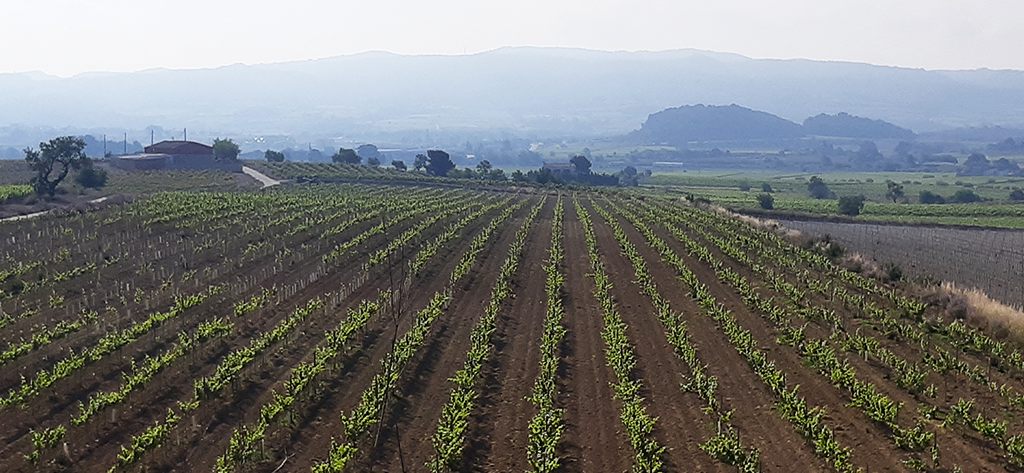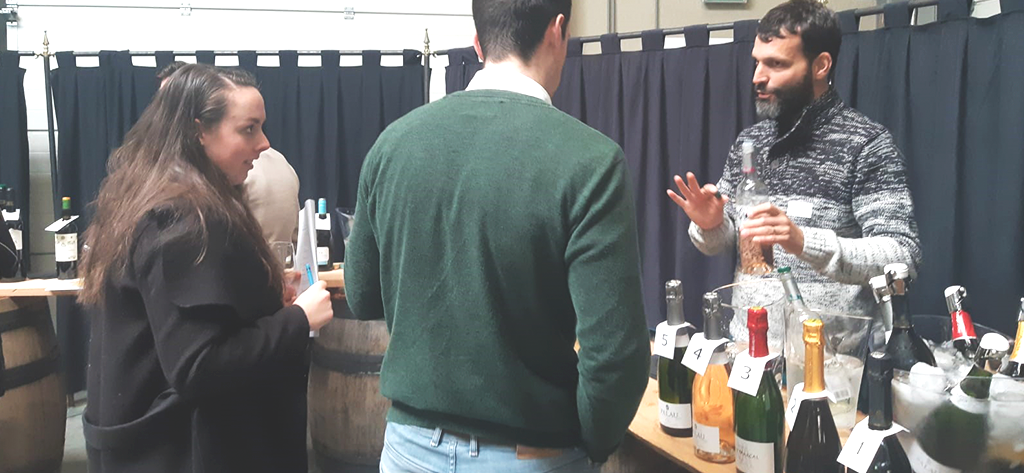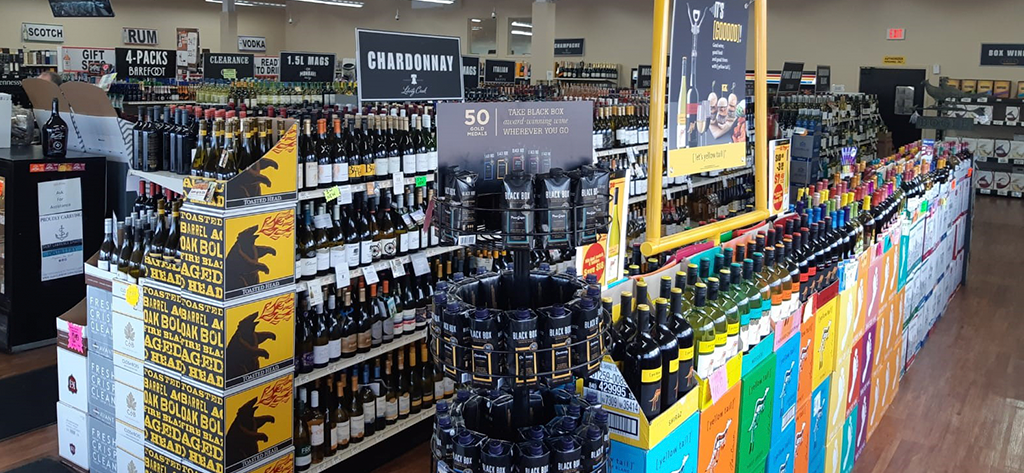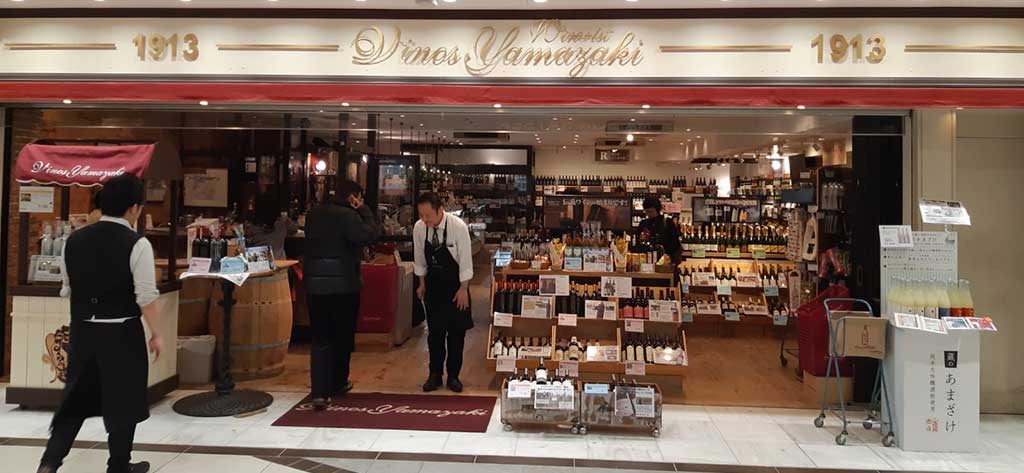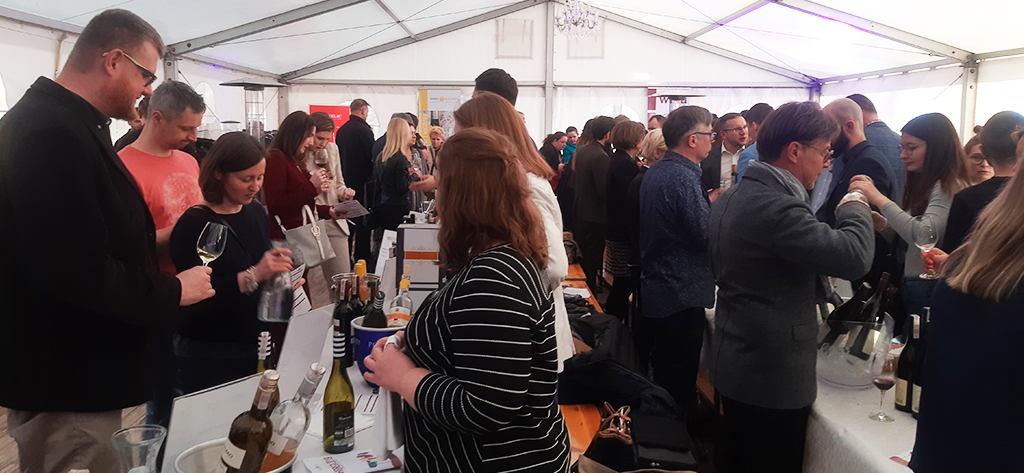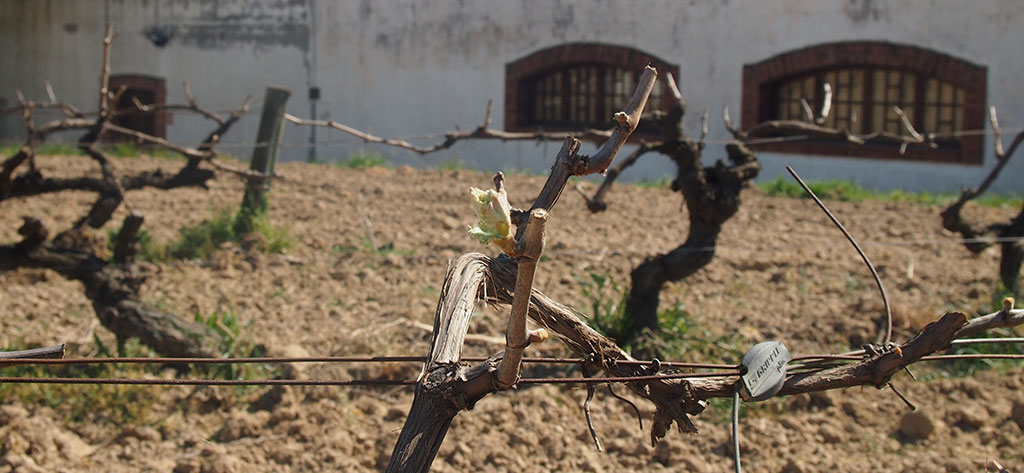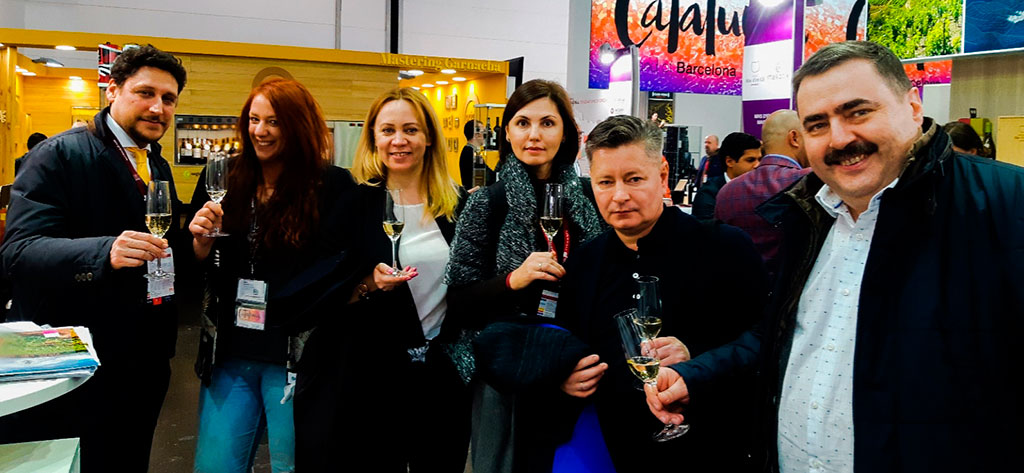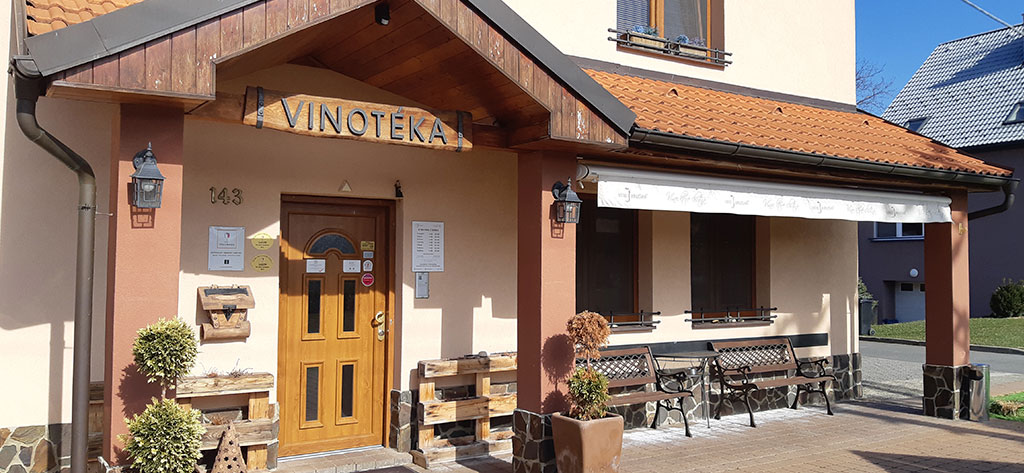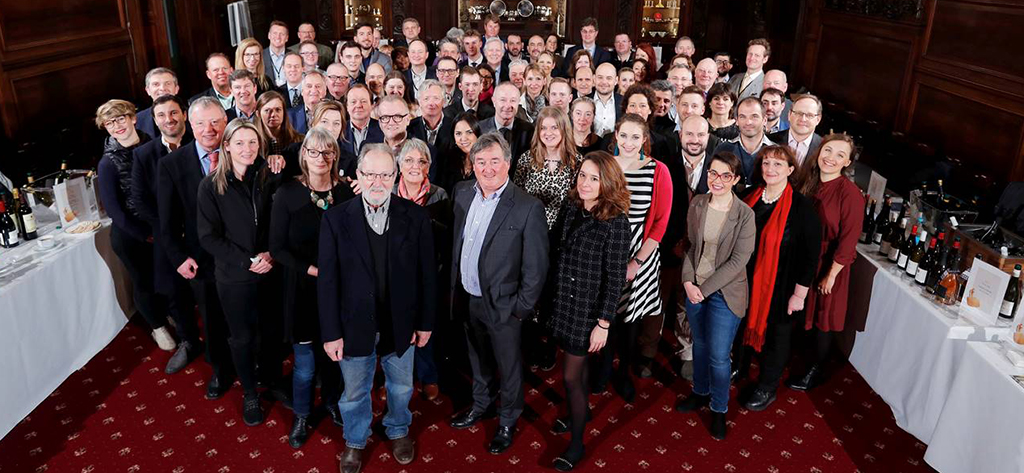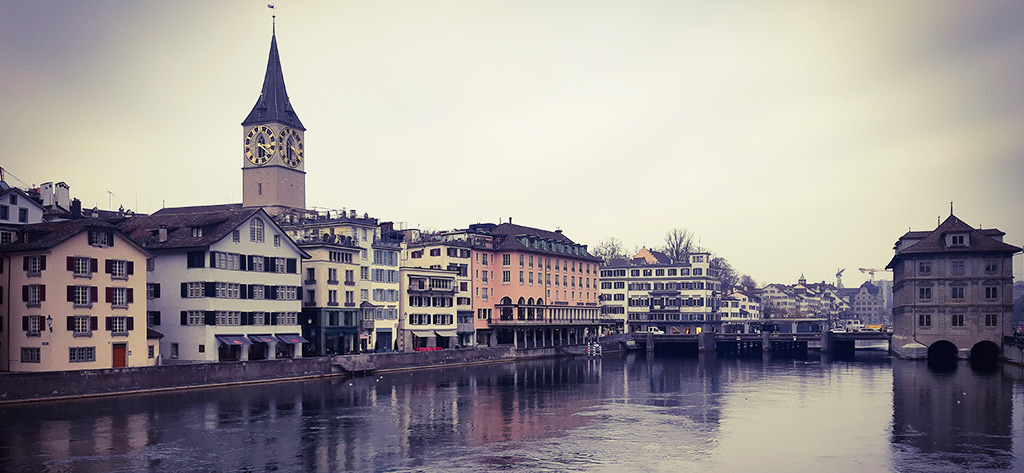

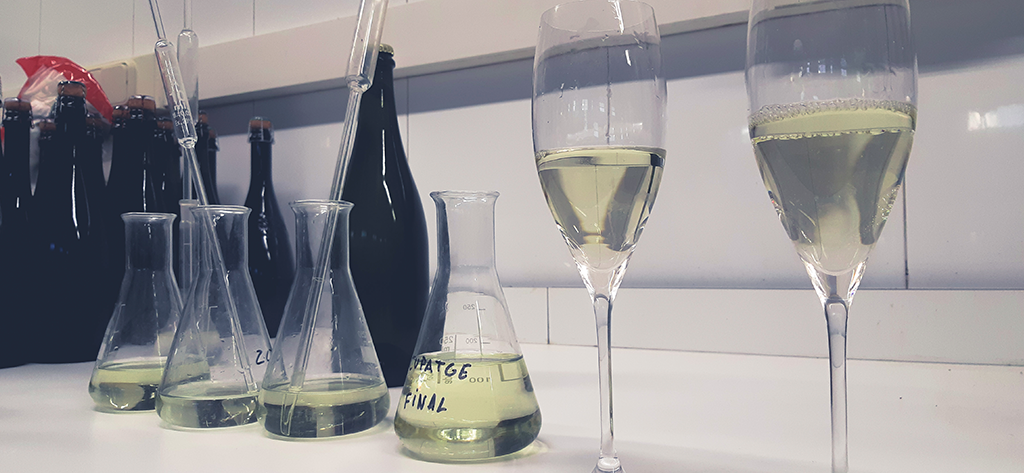
The oenologist's work, in the process of elaborating a cava, is an arduous and responsible task. He, throughout the year, assumes completely different functions and must remain alert to each type of process. In the steps prior to mixing varieties, the oenologist's role is similar to that of an orchestra director, it is he who gives his approval to start the collection of the grape, it is he who chooses the yeasts to be used for the alcoholic fermentation, and it is always he who controls almost obsessively and restlessly that the temperature of the tanks remains stable and, during all this time, he does not close his eyes at night, and if he does, it is only to dream about his wines and about the next steps to do to get a product of excellence. However, at this time of year, our winemaker assumes a much more complex, mystical and magical role. It becomes the true creator, who molds, with everything he has at his disposal, his raw diamonds, the wines, which he will have to polish little by little in the following steps to obtain our cavas of optimum quality. The hand of the winemaker is seen in the blend of the wines, mixing the different components that constitute a finished product. It is very difficult that a base wine obtained in a single harvest and coming from a single vineyard and from a single vine variety can provide the perfect aromatic balance and the level of sugar and acidity necessary to produce an excellent cava. This is why we usually mix different varieties of still wines, in our case, always from the same vintage, producing Vintage Cavas every year. This procedure is carried out directly at the end of the first fermentation and is considered the real key in the art of cava production. What we are looking for in our winery is to contribute what is missing to a component with one that has it, something like leveling the lame leg of the table, to achieve complexity and originality in the finished product. Due to the long aging on the lees of our cavas, our winemaker has a difficult task, since it is difficult to predict the result of the mixture. There is no chemical formula in force to know how to get it, this is intrinsic to the considerable experience of our technicians, their knowledge, their philosophy of product style and their magic touch;).
The initial blend of still wines in the denomination of origin Cava involves the use of 9 varieties of grapes such as Macabeo, Xarello, Parellada, Chardonnay, Malvasia, Trepat, Garnacha, Monastrell and Pinot Noir, to give life to a wine that is subjected to a second fermentation, the key passage in which the perlage (bubbles) is formed in the cava.
To make a blend we need (and certainly we have) a team of tasters of great experience, sensitivity and finesse, who as composers must be able to perceive the particularities of each individual element to put it in value in its entirety. They have to be visionary, creative and be able to imagine what they want to achieve, thinking about how to improve and how to make the product exponentially more attractive, staying anchored to the style of our winery.
The secret is to choose expressive base wines from the point of view of softness, warmth on the palate and acidity. According to our experts will be chosen which way to undertake, opting always for obtaining a fine, sophisticated and well-integrated bubble and reaching very elegant finishes with great complexity in the aftertaste. The variations are endless and the tasting of the blend is a discipline that requires rigor, knowledge, ability to perceive the future and must be nourished by a great passion.
Professional tasters or simply CAVA ENTHUSIAST, we are intrepid to know how we will evolve our 2018 vintage.
